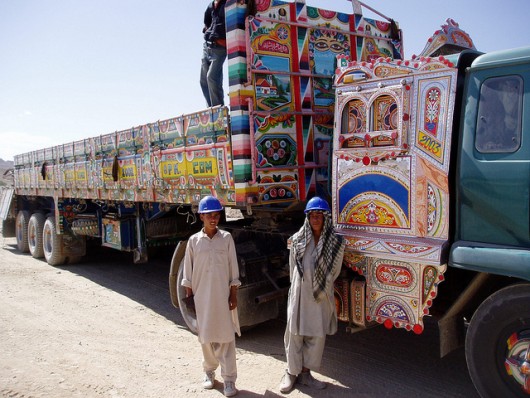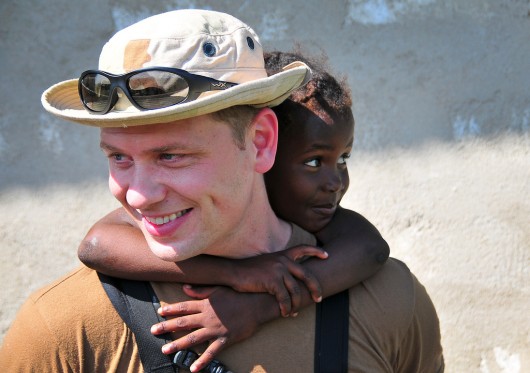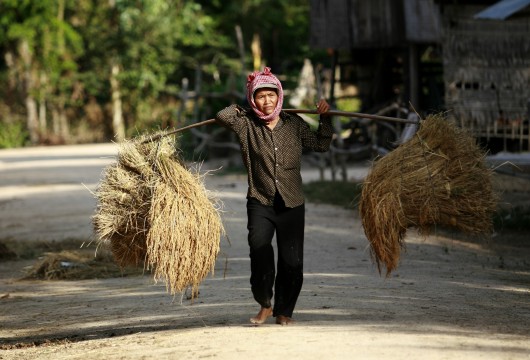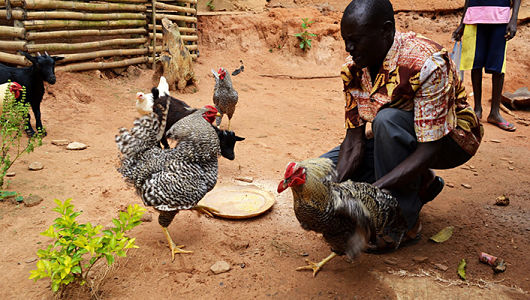
When it comes to helping the world’s poor, sometimes questions come up that the average person might never have considered.
Once there is an organization or a group that is willing to provide help, how will they do it? What does “providing resources” mean? How are “resources” defined?
There’re a few different ways for aid to be brought in the direct transfer of goods, such as food, clothing and other necessities, from humanitarian groups to the people in need.
However, there are also the methods of providing the impoverished with cash so that they can purchase the goods they deem necessary for themselves.
As Owen Barder, chair of the High Level Panel on Humanitarian Cash Transfers puts out, “A good starting point for our work is the acknowledgment that people are a good judge of what they need, and we should always think twice before putting our judgment ahead of theirs.”
Providing cash-based aid also has the potential to stimulate local economies, as recipients spend the money at small businesses and help their communities to thrive.
According to a study in the Journal of Development Effectiveness published last year, direct provision of cash is the cheapest way to bring aid, with costs coming to $2.99 per transfer. To put this in perspective, providing food directly came out to $11.46 per transfer because of all of the costs to store, package and distribute the food.
To some, it might seem unnecessarily expensive to provide food and other materials directly to those in need. To others, the idea of giving destitute, uneducated people a set sum of cash to spend whatever way they would like doesn’t make much sense, either.
Even assuming every recipient is perfectly ethical, is it safe to assume all of those in need have enough knowledge of nutrition and savvy spending?
Voucher programs, theoretically, are sort of a happy medium between the benefits of cash transfer and direct resource provision. Only slightly more expensive than direct cash at $3.27 per transfer, in the study, vouchers are like certificates redeemable for specific items, usually food.
Vouchers have the benefit of stimulating local economies without the corruption and security risk present with cash transfers. Voucher programs allow those in need to receive the most nutritious food available without the expense associated with food aid.
Vouchers are not the ultimate, game-ending form of humanitarian aid. Different situations will call for different ways to provide aid. (For example, when providing immunizations, it makes far more sense to simply provide the immunizations themselves en masse, rather than money for each individual to get immunized.)
However, it seems that this form of help is relatively underrated when compared to food and cash aid.
They can be used locally, they are relatively cheap to provide and when they are used at events such as voucher fairs, they offer recipients freedom to spend the aid on what they choose, within a specific context of essential items. Fairs like these can even help to address issues like gender inequality.
Said one woman at a voucher fair held by UNICEF in the Democratic Republic of Congo, “Before we came here, my husband and I discussed what we need. In the past, he did what he wanted with our money, but here it’s me who takes the final decision.”
Paul Harvey and Sarah Bailey said it well in a brief for The Overseas Development Institute (ODI). “Humanitarian organizations provide assistance based on agreed principles and standards. At its heart is the principle of humanity – the universal impulse to seek assistance and to provide it to those in need.”
– Emily Dieckman
Sources: CGDEV, Europa , ODI, Research Gate, TUFTS, UNICEF
Photo: Flickr1, Flickr2




 Long idolized were the Millennium Development Goals, a set of eight targets created and adopted by the United Nations in 2000. Central to their aim was the eradication of global poverty by improving maternal health and access to clean water, food and education while reducing the number of people living on under $1.25 a day across the developing world.
Long idolized were the Millennium Development Goals, a set of eight targets created and adopted by the United Nations in 2000. Central to their aim was the eradication of global poverty by improving maternal health and access to clean water, food and education while reducing the number of people living on under $1.25 a day across the developing world. Currently, 60 million people have been forcibly displaced globally. Ongoing conflict around the world has led to large populations to flee and start over with nothing, creating a situation where humanitarian relief agencies can’t keep up with the amount of services and funding they need.
Currently, 60 million people have been forcibly displaced globally. Ongoing conflict around the world has led to large populations to flee and start over with nothing, creating a situation where humanitarian relief agencies can’t keep up with the amount of services and funding they need.


